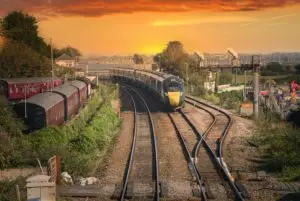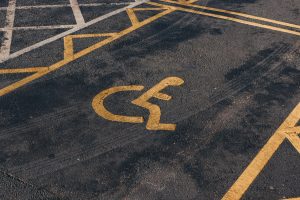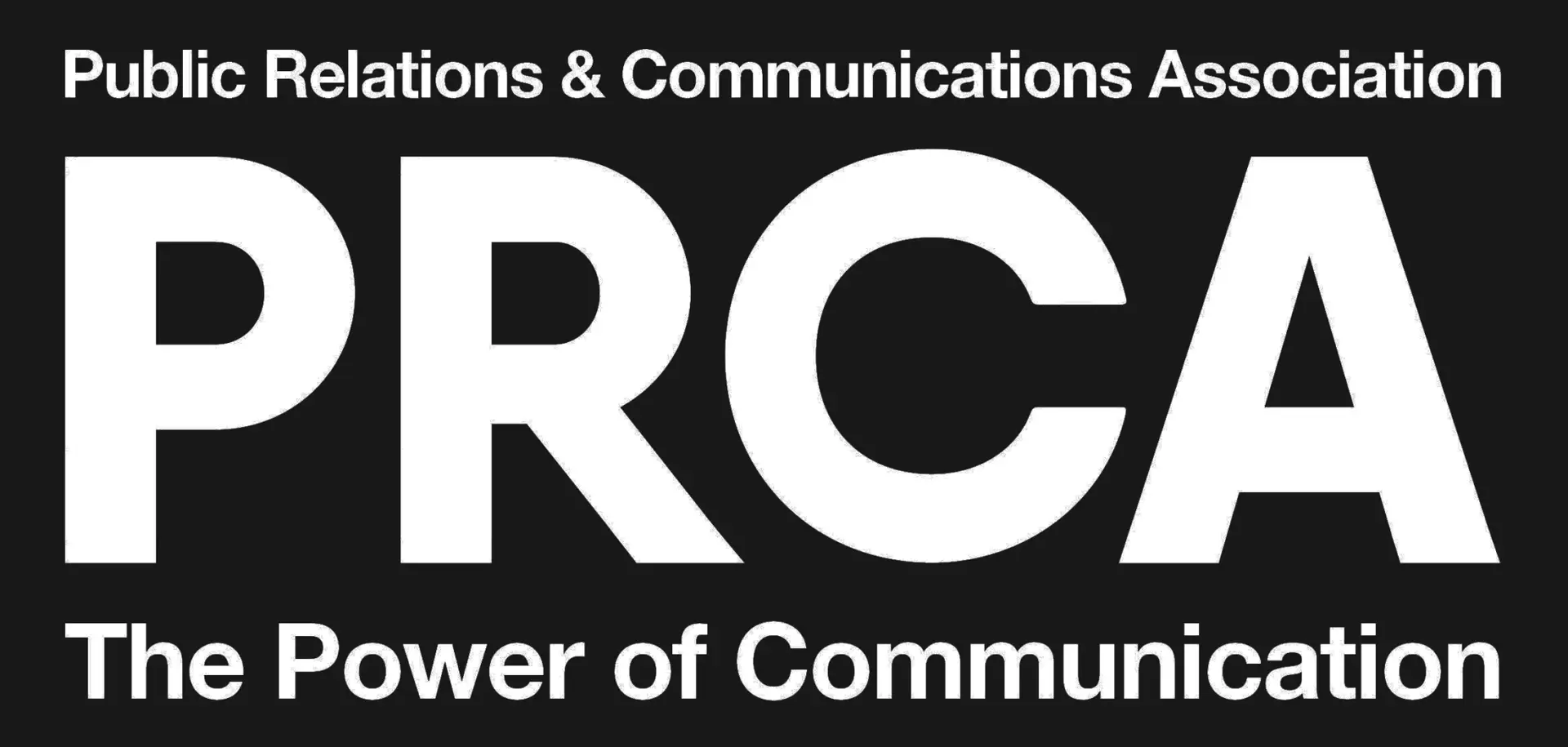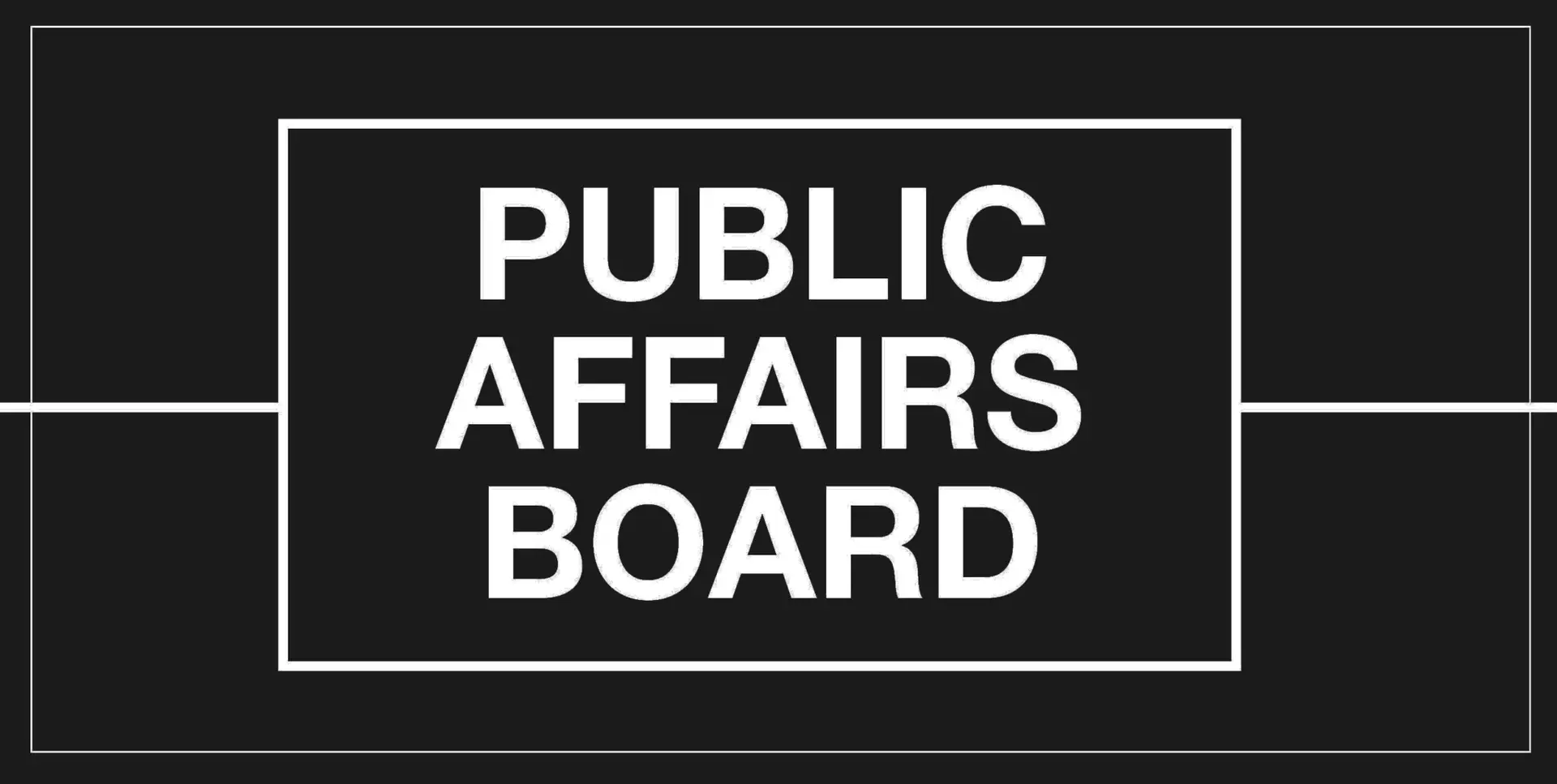Following defeat last week, Jeremy Corbyn announced he would not stand as Labour Party leader at the next general election. The Labour Party will have to elect another leader and the next contest will be the first to take place under new rules established in 2018.
PROCESS
Each candidate needs to be nominated by 10 per cent of the combined Parliamentary Labour Party (MPs) and members of the European Parliamentary Labour Party (MEPs).[1] However, with the Government set to pull the UK out of the EU at the end of January, it is not clear whether MEPs will still be significant.
The 2018 rule changes also introduced a requirement that candidates secure nominations from at least 5 per cent of constituency parties or at least three affiliates, two of which must be trade unions, compromising 5 per cent of affiliated membership.
To make it onto the ballot paper, each candidate will need the support of:
- 21 MPs (10 per cent of the 203 MPs Labour won in the general election),
AND
- 33 Constituency Labour Parties (CLPs) (5 per cent of the 648 CLPs)
OR
- 3 affiliates, including two trade unions, compromising 5 per cent of the affiliated membership. In practice the trade union requirement means that any candidate who secures 2 nominations from these bodies will automatically pass the 5 per cent threshold.
Members, affiliated supporters and registered supporters will then vote using the alternative vote system. This type of preferential ballot sees the candidate with the lowest number of votes removed and their votes redistributed until one candidate achieves more than 50 per cent of the votes.
The rules of the contest and its timetable will be decided by the Party’s ruling National Executive Committee (NEC). This will include the exact cost and timing of the registered supporter scheme.
WHAT HAS CHANGED SINCE 2016?
As outlined above, there is the introduction of the 5 per cent CLP or affiliate and union requirement. It is also not necessary to have been a member for at least six months before obtaining voting rights, as was the case in 2016. The Rule Book now reads:
‘the freeze date for eligibility to vote shall be not less than two weeks after the approved timetable is announced and not less than three weeks before the deadline for receipt of ballot papers, with no qualifying period of membership prior to the freeze date’.[2]
ANALYSIS
Having been beaten so badly, losing seats in its traditional heartlands, this is a critical juncture for the Labour Party. The post-mortem has already seen ‘centrist’ MPs criticise Jeremy Corbyn and the direction the Party has taken under his leadership.[3] They point to the election result as evidence that a new approach is needed and MPs including Lisa Nandy, Yvette Cooper and Jess Phillips are all being touted as contenders. In contrast, senior shadow frontbenchers have backed continuity candidates; the likes of Rebecca Long-Bailey and Angela Rayner.[4]
The divisions between different wings of the Party are not new and have continually flared up since Corbyn’s triumph in 2015. However, since then, the number of members has ballooned to around 500,000 and it seems highly unlikely that a membership that twice elected Jeremy Corbyn and supported policies including a net-zero carbon target of 2030, a four-day week, a second EU referendum, and free movement at this year’s party conference will elect a candidate who diverges from this agenda.
With Tom Watson standing down, the election of Deputy Leader will also be important in the struggle for control of the Party. Not least because his position on the Corbynite-leaning NEC, which has significant scope to shape the contest through the timetable and registration scheme, is now vacant. Compromises between leading Corbyn allies over who might stand for each position are not unexpected.[5]
Practically, the altered nomination phase means that the timetable will have to be longer to allow for the greater involvement of Party members. The adjusted format will also compel unions to make their endorsements earlier in the process. Previously they have tended to wait until members had indicated a preference for candidates before showing their hand.
*Labour’s NEC has now decided the timetable for the leadership election.
Timeline
- 7 – 13 January: Nomination period for MPs and MEPs.
- 14 – 16 January: Application period for registered supporters.
- 15 January – 14 February: Second stage of nominations from constituency Labour parties and affiliates/unions.
- 20 January: Freeze date for eligibility for new members and affiliated supports.
- 21 February – 2 April: Ballot open.
- 4 April: Special conference to announce results.
BREVIA CONSULTING PROVIDES STRAIGHTFORWARD POLITICAL ADVICE AND SUPPORT TO BUSINESSES AND ORGANISATIONS
Discover how Brevia can help you and your organisation by contacting the Brevia Team on 020 7091 1650 or contact@brevia.co.uk
[1] The Labour Party, Rule Book 2019, p.21, link
[2] The Labour Party, Rule Book 2019, p.22, link
[3] The Independent, 15 December 2019, link






